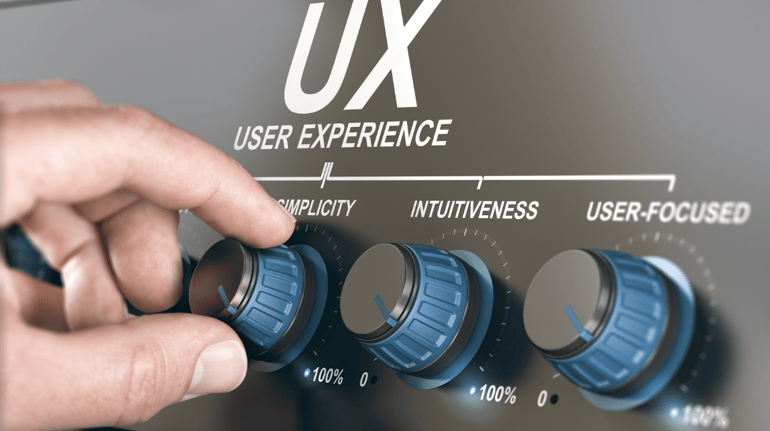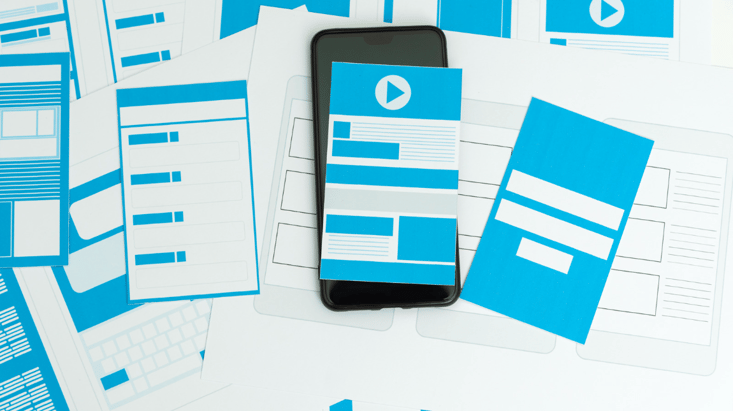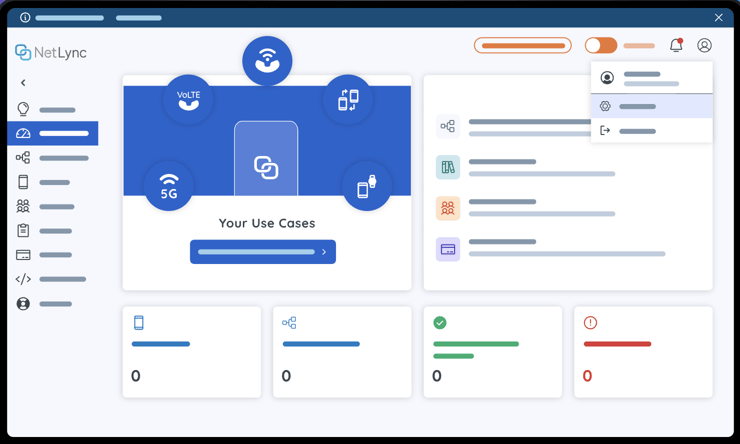Why Telcos Should Move To SaaS: Improve Engagement with UX Design
When it comes to Software-as-a-Service (SaaS), user experience (UX) plays a crucial role in the success of enterprise software. In today's world, where technology is increasingly intertwined with our daily lives, UX has become more important than ever.
With so many products, systems, and services available, users have more choices than ever before. UX is no longer the ‘nice to have’ – it’s one of the core aspects of what makes a business stand out with their product and achieve genuine customer satisfaction and retention.
The subject of what defines a good user experience is greatly varied – with the nature of UX being sometimes misunderstood as the visually pleasing quality of interfaces. In truth, whether it’s called UX, CX (Customer Experience), or Service Design, the goal is to match the expectations of a customer and the product, service, or experience they choose to use.

A UX designer’s work involves looking at systems and experiences and assessing the suitability of their fit with the mental model of people who interact with them. When we use products, we expect them to work for us, not the other way around. Particularly in the case of enterprise software, these systems can be complex and overly expectant on customers to work to understand them, instead of shaping to customer goals when required. This also requires close collaboration with other departments and teams, to understand why things are the way they are, and to solve the mystery of how everyone can work together towards customer-aligned ways of thinking and doing.
Good UX requires listening and understanding other perspectives and user types that aren’t necessarily you and your team. If you design a box for blocks to fit into, it doesn’t matter if you create the best box possible based on shapes you know – if it’s only made to fit a triangle, and your user is a star, there will be a clear mismatch. At NetLync, we strive towards a working model of customer-centricity to mitigate risk in development and create experiences that match known expectations. Debbie Levitt provides a clear outline of what this involves:
Customer-centricity isn’t anti-revenue, anti-business, or against lifts in metrics. It’s about finding ways to boost what the business wants to improve while putting real customer’ needs and opportunities first. It’s about creating positive business outcomes because we created positive customer outcomes. Customer-centricity is the strategy and actions that flow from our promise to create PSE [Products, Services & Experiences] that inspire customer satisfaction and loyalty.

Debbie Levitt,
Customers Know You Suck: Actionable CX Strategies to Better Understand, Attract, and Retain Customers.
At NetLync, our goal in listening to customers, validating product experiences, and improving our customer touchpoints is to provide a better way to access the complex space of network entitlements, and make configuring your customer device permissions frictionless. We’ve all used enterprise products with varying degrees of quality and know about the time wasted and strive for something that matches our expectations of what this should be like.
When users can use enterprise software easily and efficiently, they’re able to complete tasks more quickly and with fewer errors. For testers, this reduces frustration and workarounds to be able to accomplish goals. When developers get access to documentation and information within the interface, their trust and satisfaction of the product increases, and they can save time and effort when integrating and configuring their use cases.
It's important to remember that when using enterprise products, sensitive information is being handled. Good UX can enhance security; when users are able to easily understand and follow security protocols, they are less likely to make mistakes that could compromise sensitive information. By building best practices into software rather than relying on individual choices, this can help protect customers from malicious attacks and other security threats. Our Entitlements platform is built with trust in mind, with two-factor authentication and trusted devices as a standard feature.
When employees can use your software efficiently, it can reduce the need for costly training and support, eliminating those interactions from happening in the first place. Additionally, good UX can reduce the number of errors and mistakes, lowering the costs associated with fixing and refactoring. Furthermore, good UX can improve customer satisfaction, which can lead to increased revenue and profitability as well as business reputation. A great experience aims to provide support in context, with clear documentation at hand. Where things go wrong, your business should anticipate, identify and solve these issues.

Overall, good UX can provide a wide range of benefits in the context of enterprise software. From a business perspective, it greatly enhances reputation and profit. From a human perspective, it makes daily work easier. Building enterprise software with the right intent has a range of benefits from customer satisfaction and enhanced security to cost savings and can help businesses to succeed and thrive in today's competitive tech environment.
